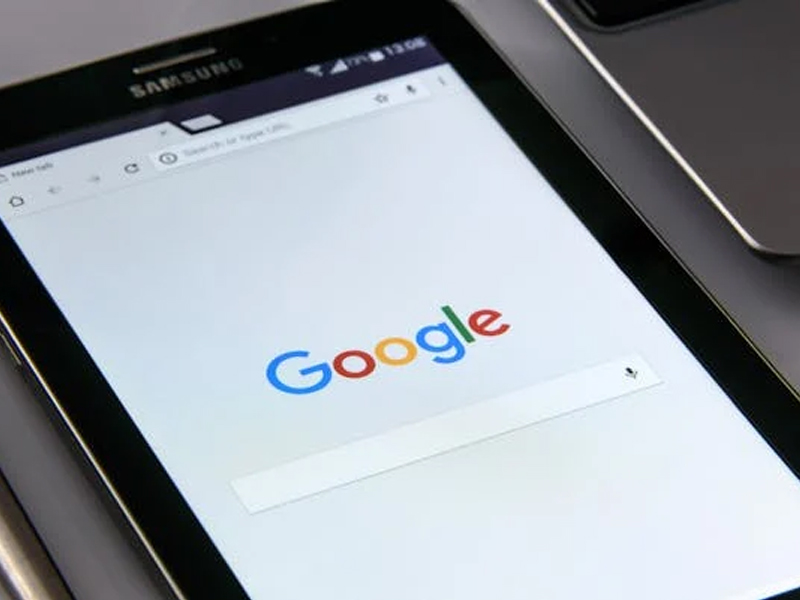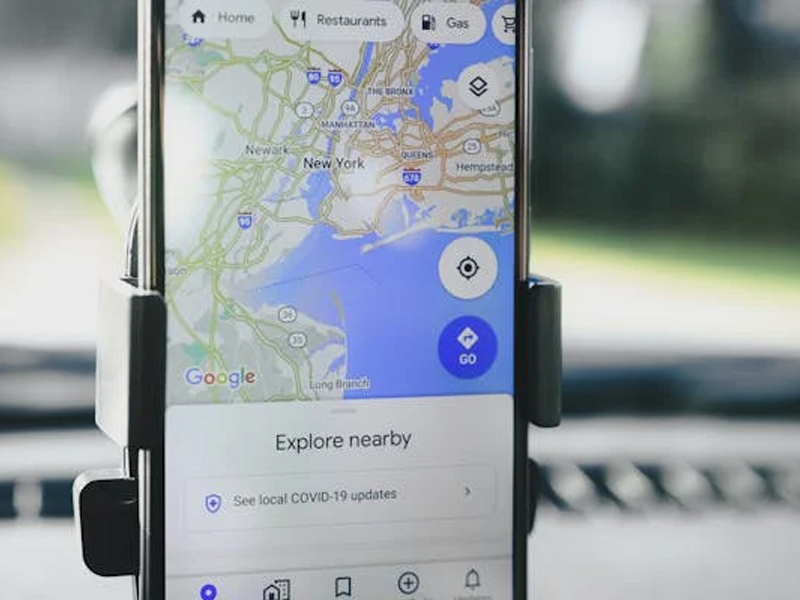The New Moto E- Budget Android Smartphone
Uncategorized
Murky screen
The new Moto E’s got a bigger screen: 4.5-inch versus the 4.3-inch on the first-gen model. The resolution is still barebones at 960 x 540 (qHD) and the pixel density actually got worse, but you can’t really expect much from a cheap phone.New day, new look
There are six colored bands that come in two set packs for $19.99: blue, red and yellow and turquoise, purple and raspberry. The bands are stylish and their textured edges give the phone more grip. The grip shells come in five colors and are basically a band plus a translucent case. I’m less fond of the grip shells as they add more heft to the phone.Upgrade away!
For $119, you get a 4.5-inch smart phone with 3G and a pure version Android 5.0.2 Lollipop without any bloat ware. For an extra $30, you get all of that plus 4G LTE and a slightly faster processor. And if you can fork over $179, you can skip the Moto E altogether and move up to the second-generation Moto G, which has 5-inch 720p screen, front-facing stereo speakers, and a better selfie camera. Whether you buy a new Moto E or new Moto G, Motorola’s entry-level smartphones have you covered. There is no reason not to dump your feature phone anymore. Source: http://mashable.com/2015/03/02/moto-e-2015-review/You Might Be Interested In:
Frequently Asked Questions?

01
Blockchain
The High Price of Crypto: Environmental Cost of Mining and Solutions for a Greener Future
Apr 25, 2024

01
AI & ML
Gemini Evolves: Your AI Assistant on the Go with the New Overlay Feature
Apr 24, 2024

01
Tech news
Cloud Storage: Powering Progress or Polluting the Planet?
Apr 22, 2024

01
AI & ML
No More Range Anxiety: Google Maps Uses AI to Simplify EV Charging
Apr 20, 2024
SUSBSCRIBE TO OUR NEWSLETTER
Join our subscribers list to get the latest news and special offers.

The High Price of Crypto: Environmental Cost of Mining and Solutions for a Greener Future
Gemini Evolves: Your AI Assistant on the Go with the New Overlay Feature
Cloud Storage: Powering Progress or Polluting the Planet?
Gearing Up for a Connected Tomorrow: Top Trends Shaping the Future of IoT